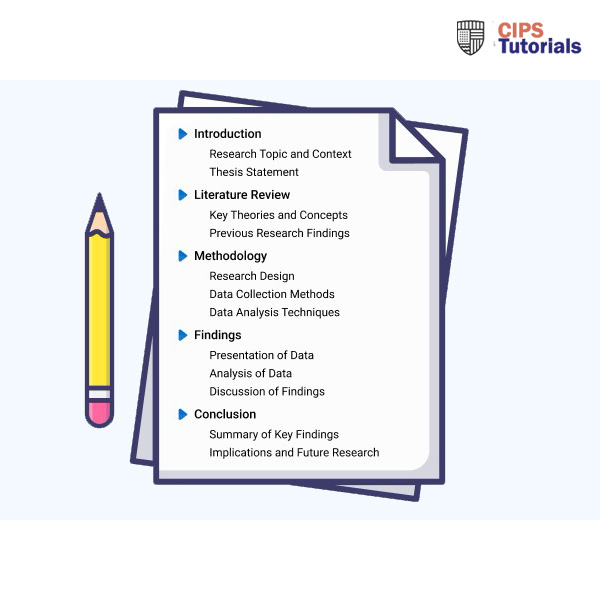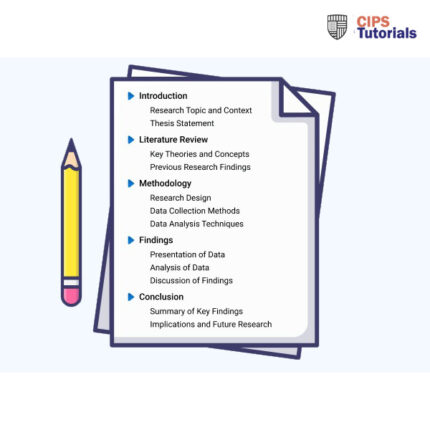(Solution) ROSHN CIPS PIN Procurement Cycle and Sourcing Activity
Roshn is a national real estate developer owned by the Public Investment Fund of Saudi Arabia. Established in 2020, ROSHN’s mission is to deliver high-quality, affordable housing and develop thriving community destinations across the Kingdom.
As one of the largest real estate groups in the Middle East, ROSHN manages a portfolio of ambitious residential and mixed-use projects. With operations in major cities, ROSHN’s developments will contribute to Vision 2030 goals of increasing home ownership rates and improving quality of life for citizens.
To effectively manage its large-scale, nationwide portfolio, ROSHN relies extensively on advanced information technologies and robust cybersecurity protections to support all aspects of its business.
The scope of the organisation operations is as summarised in figure 1;
Figure 1:Summary of ROSHN Projects
Source: ROSHN (2023)
To evidence ROSHN’s success, several key investments have been made supporting their projects. The Public Investment Fund provided an initial $2 billion seed funding for Roshn’s development, a historical area transforming ancient sites into vibrant destinations.
Additionally, over $3.2 billion has been committed through public-private partnerships for critical infrastructure development by 2023.
This success is informed by ROSHN’s strategic plans, which oversee approximately 25,000 square kilometers encompassing residential communities, natural assets like oasis valleys and mountains, and cultural heritage sites across Saudi Arabia (Argaam 2022).
The significant investments reflect confidence that ROSHN can successfully deliver on their mission of developing thriving regions nationwide.

New User Gifts
First Order Deal get Ksh 200 Off.
£ 20.00 Original price was: £ 20.00.£ 10.00Current price is: £ 10.00.
Payment Methods:
Description
Solution
In the Preparation stage where Bailey et al.’s procurement model prescribes vigorous preparation to secure strong negotiation outlines are developed. This is a very important phase since it creates a platform whereby all the causes of procurement to be successful are evaluated with the internal and external environment that will determine the negotiation results. Preparation stage entails scrutiny of procurement cycle, overall sourcing strategy, internal data and information, market spend analytics and supplier evaluation. All steps are explained further in order to create a strong and consistent framework for negotiation.
Procurement cycle is described by several processes that fit into a cycle beginning with the identification of needs and ending with the management of supplier relationships. Some of the key decisions in the preparation stage of the sourcing activity are the identification of the scope as well as whether multiple sourcing or single sourcing should be used. At time a forward contract might be made in a single supplier to guarantee special terms and prices in the market. For example, in case of ROSHN (as an imaginary company), sourcing might entail identifying a suitable supplier for costly and vital products. Choosing a sole supplier would make work a little easier, create continuity, and lead to a partnership in the long run. Nevertheless, multiple sourcing is used to spread risk while in situations that can have significant effects on operation, tend to be selected.
Step 1: Internal Data Collection and Analysis
In the preparation stage, the first process is to acquire internal data; this helps in the identification of the organization’s needs and used to build the negotiation strategy. The key elements include:
- Spend Analysis: This entails looking at expenditure information in the past so as to be able to come up with determinants of spending, volume and frequency. In case of ROSHN, it can identify budget allocations to a type of spend by evaluating previous spend in a similar category of goods or services.
- Demand Analysis: It also enables one to forecast future requirements thus ranking high in demand analysis. It includes determining the number you need and the features it should possess as well as predicting that a demand might increase or decrease in the future. For instance, ROSHN may decide to consider the flow of business related to supply needs based on factors such as seasons, their line of projects among other factors.
- Specification: The specification of the product or service is a critical factor of supplying because it will help to avoid undesired misunderstandings with the suppliers.
Please click the following icon to access this assessment in full

